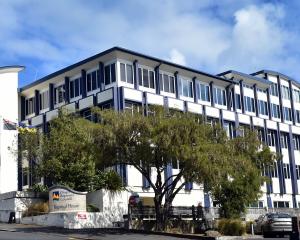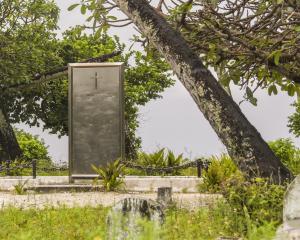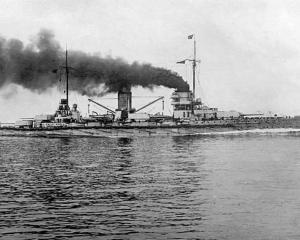
Opportunity, Nasa's longest-living robotic Mars explorer, was declared dead last week. The tributes, poignant cartoons, emotional tweets and even love songs keep pouring in. I'm feeling surprisingly sad, as well. I covered the building and launch of Opportunity, and its twin rover Spirit, for the Los Angeles Times 15 years ago, and I feel like I've lost a close friend.
Opportunity is Southern California's rover. It was built at the Jet Propulsion Lab, under a huge amount of pressure.
It is always very hard to get a spacecraft to Mars, and in 2003, Nasa was reeling from a series of high-profile failures. As the rovers were being built, the space shuttle Columbia crashed, killing seven astronauts - and placed even more pressure on the $US800million rover mission to succeed.
It was incredible to see the care engineers took as they hand-crafted Opportunity and Spirit, wearing surgical gear in clean rooms as they attached cables and tested wheels, careful not to let a stray eyelash or even a flake of dandruff fall on to the delicate components.
While the rovers were being finished, dozens of planetary scientists met at an Arcadia hotel and argued heatedly over where the rovers should land - the geologically interesting places scientists wanted to explore, with their deep canyons and giant rocks, or the safer, flatter places the landing engineers favoured. They finally settled on Meridiani Planum as a landing spot for Opportunity, a flat plain with lots of intriguing crystals that might have formed in water.
The launch of Opportunity, in July 2003, after three years of construction and a delicate trip to Cape Canaveral, was fraught. But it went off without a hitch.
It was during the landing when scientists and engineers really got nervous.
Their plan was for the rovers to streak through the Martian atmosphere at 19,000kmh, use their heat shields to slow down, deploy parachutes and then bounce down on to the surface of Mars, protected only by giant airbags - it seemed like something an imaginative third-grader might invent.
Scientists referred to the landing as "six minutes of terror". It seemed impossible to me that the rovers could survive. But they did. When they landed, grown men and women in the control room cried.
Not only did the rovers survive, they lasted far longer than even the most optimistic engineers had predicted. Spirit's last communication arrived from Mars in 2010, after it got caught in a sand trap and froze. It was built to last only 90 days, but lasted six years. Opportunity, astonishingly, lasted 15 years, succumbing only after a planet-wide dust storm covered its solar panels or gummed up its electronics.
Both robot geologists found evidence that Mars was indeed warmer and wetter in the past and may have supported the conditions necessary for microbial life to exist.
Finally, it was Opportunity that kept going and going, travelling 45km across the rough, dusty surface of Mars, despite a baulky wheel and sending back gorgeous photos to the end.
It's sad to lose the rover. But we can still focus on what Opportunity represented.
The rover, not human in the least, nevertheless embodied the best of humanity: people working together, taking audacious chances, exploring and never giving up. Rest well, little rover. You've earned it.
- Usha Lee McFarling is a former science writer at the Los Angeles Times.











